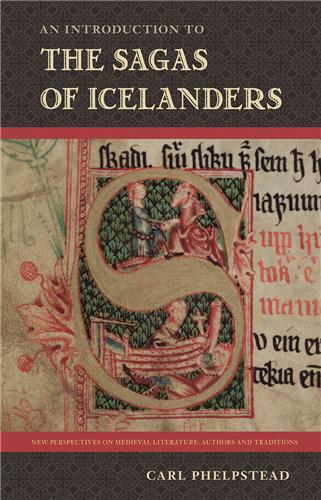Combining an accessible approach with innovative scholarship, Carl Phelpstead draws on historical context, contemporary theory, and close reading to deepen our understanding of Icelandic saga narratives about the island’s early history.
Buy Books: browse by title
A - B - C - D - E - F - G - H - I - J - K - L - M - N - O - P - Q - R - S - T - U - V - W - X - Y - ZPlease note that while you may order forthcoming books at any time, they will not be available for shipment until shortly before publication date
In this cross-cutting cultural history, Gregg Bocketti traces the origins of football in Brazil from its elitist, Eurocentric identity as "foot-ball" at the end of the nineteenth century to its subsequent mythologization as the specifically Brazilian "futebol, " o jogo bonito (the beautiful game). Bocketti examines the popular depictions of the sport as having evolved from a white elite pastime to an integral part of Brazil’s national identity known for its passion and creativity, and concludes that these mythologized narratives have obscured many of the complexities and the continuities of the history of football and of Brazil.
Focusing on the daily concerns and routine events of people in the past, Investigating the Ordinary argues for a paradigm shift in the way southeastern archaeologists operate. Instead of dividing archaeological work by time periods or artifact types, the essays in this volume unite separate areas of research through the theme of the everyday.
Looking at the writing of three Irish expatriates who lived in Trieste, London, and Paris, Nels Pearson challenges conventional critical trends that view their work as either affirming Irish anti-colonial sentiment or embracing international identity.
In this book, Neil Davison argues that Albert Altman, a Dublin-based businessman and Irish nationalist, influenced James Joyce’s creation of the character of Leopold Bloom as well as Ulysses’ broader themes surrounding race, nationalism, and empire.
In case studies that include the Caribbean, Latin America, and the United States, the contributors to this interdisciplinary volume trace the establishment of Islam in the Americas over the past three centuries.











